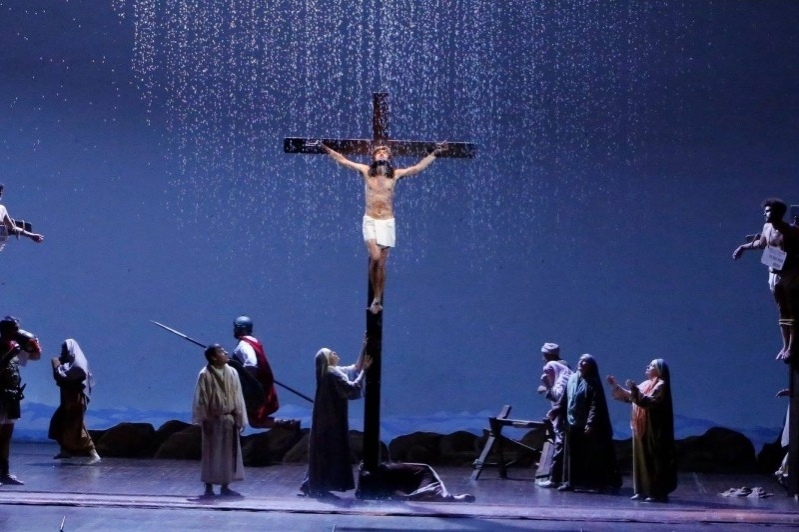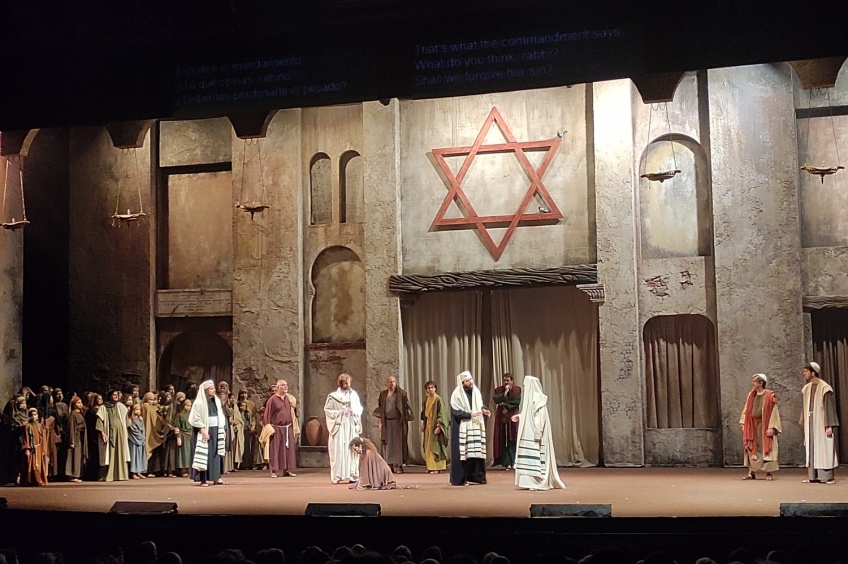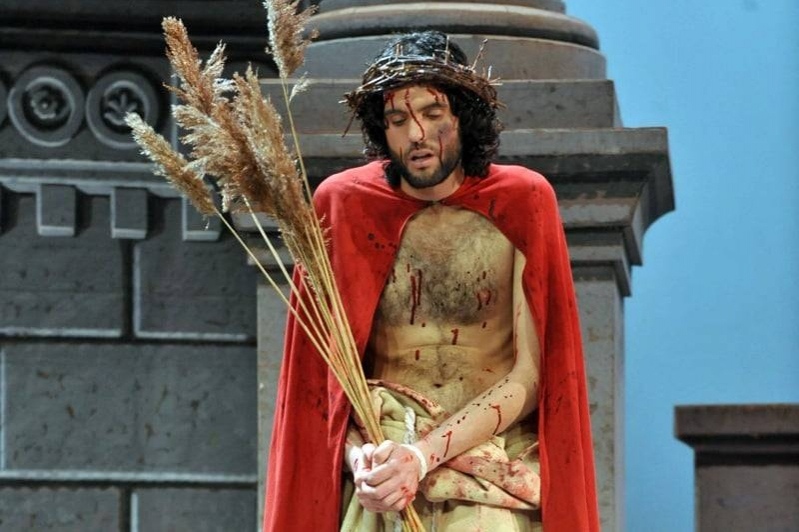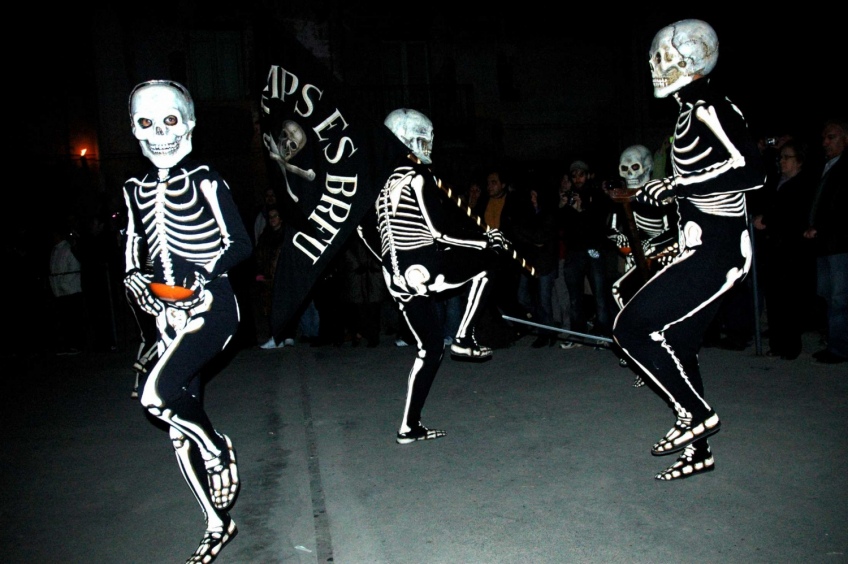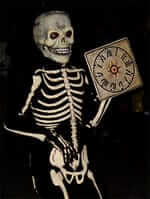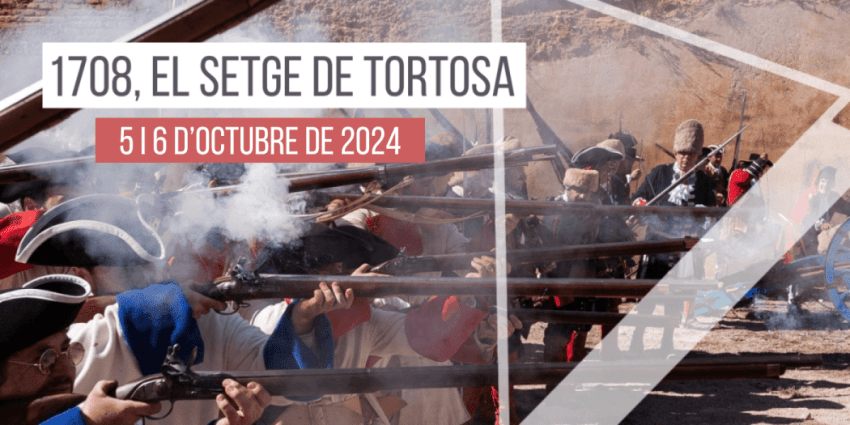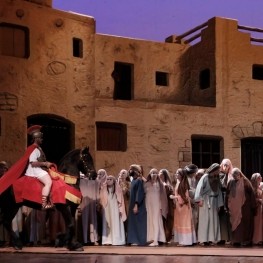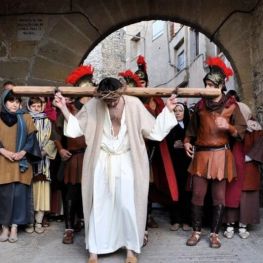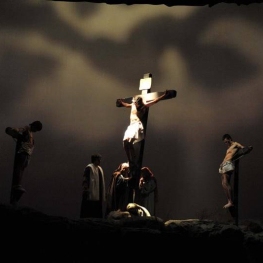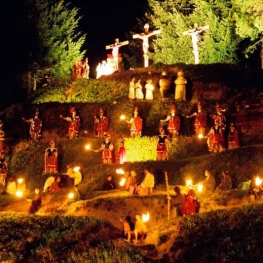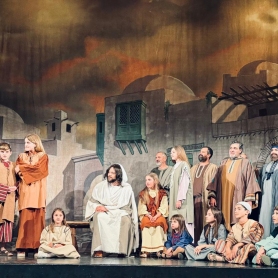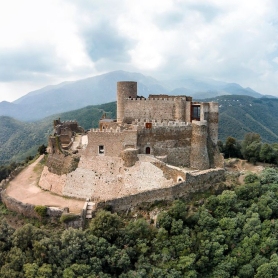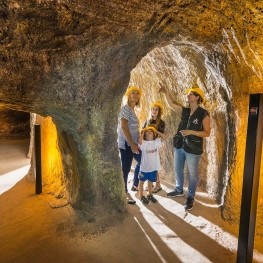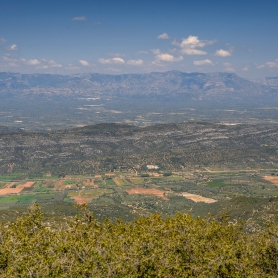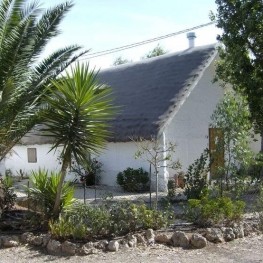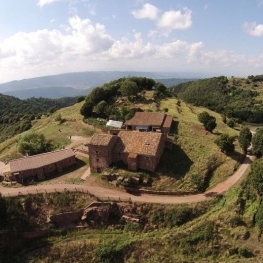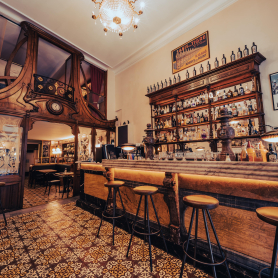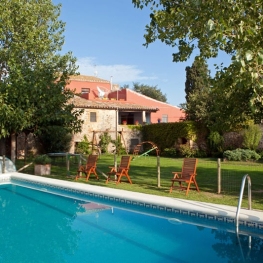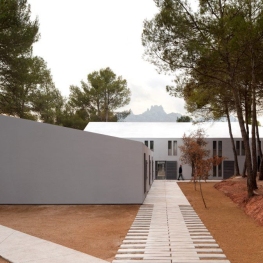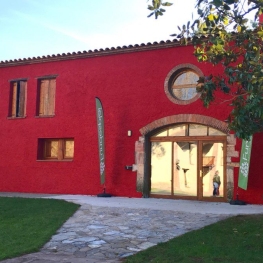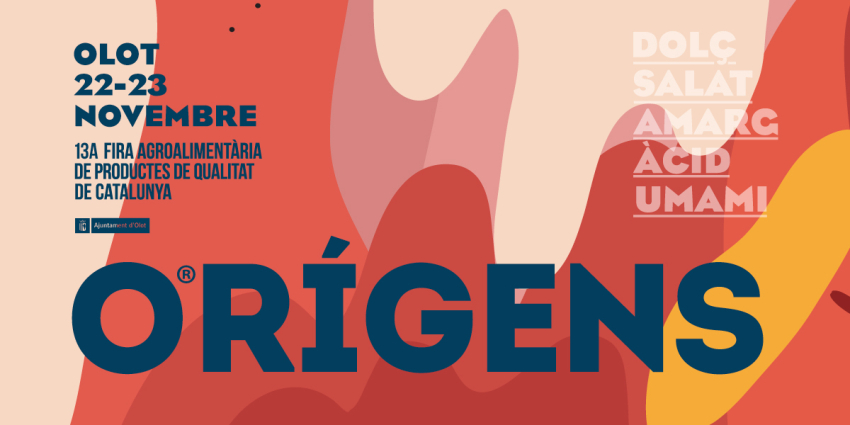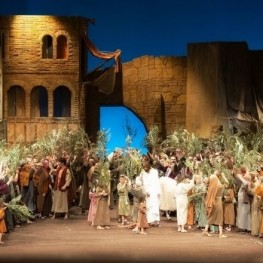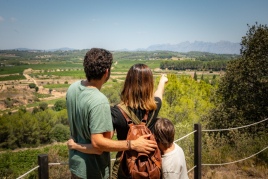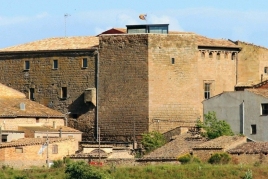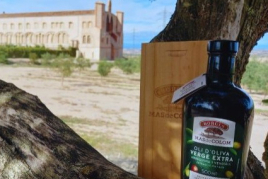The Passions in Catalonia: tradition and sacred theatre
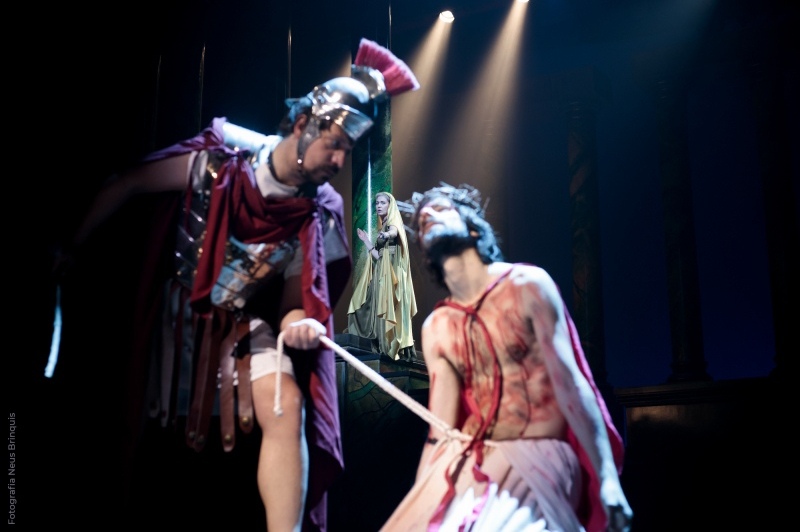
Catalonia is a country with a wide range of customs and traditions.
Almost every month of the year there is a holiday to celebrate that takes us back in time and revives some part of our historical and cultural legacy.
In this case, the beginning of Lent is accompanied in some Catalan towns by a dramatic performance that has been performed throughout Europe since the Middle Ages: the Passion Plays. These can usually be seen until after Easter.
The Passions are a popular manifestation that is celebrated within the framework of Holy Week, which takes place in spring (date that changes depending on the lunar calendar), it is the most important festival of the Christian calendar since it commemorates the entry into Jerusalem of Jesus, his death on the cross and his resurrection. However, nowadays it has become, rather, a festival of a popular and not religious nature.
What do passions represent?
The Passions are a theatrical representation that narrates the life and death of Jesus Christ. They derive from a medieval liturgical drama known as the " Mysteries," which were celebrated during Holy Week. These mysteries represented passages from the lives of Jesus and other saints.
Over time, the texts became richer, as did their representation, and in this way the mysteries took on a more complex character.
Consequently, it began to be performed in town squares instead of in churches, and other people who did not belong to the clergy took part, making it a popular performance.
By the early 14th century, the mysteries had become a grand theatrical production.
Esparreguera's passion
La pasión de Esparreguera (Baix Llobregat) es una de las más antiguas de Cataluña y que, aún hoy, se mantiene viva.
A letter dated 1611 has been preserved, in which a villager from Sant Llorenç d'Hortons informed his relatives in Esparreguera that he would attend the Passion.
Thus, it is a tradition with a long history behind it, which has a significant impact on both the town's citizens, who are fully involved and convey to the public the events that took place two thousand years ago, and the spectators who attend year after year.
Previously, until 1860, it was performed in the town square. From then on, it began to be performed indoors.
There are two dates indicating that it was held at the Ateneu around 1941. This continued until 1969, when the magnificent theater designed by the Patronato de la Pasión (Passion Trust) was inaugurated, with a capacity of 1,800 people. Performances began in this new space to this day.
The script, which narrates the public life, death, and resurrection of Jesus Christ, was written by Ramon Torruella in 1960 and consists of 35 scenes divided into two parts, one performed in the morning and the other in the afternoon. Therefore, you should allow a full day to enjoy this show, which has all the ingredients of a unique theatrical production.
Among these elements, it is worth highlighting the music that accompanies the work and is performed live by an orchestra and choir.
The uniqueness of the theatrical plot, as well as its temporal persistence, led to the Passion of Esparreguera being declared a traditional festival of national interest.
And its significance on a national scale is so notable that the Catalan Federation of Passions has established its headquarters in this municipality.
The Passion of Olesa de Montserrat
La Pasión de Olesa es más que teatro. Es una experiencia para mayores y pequeños que le permitirá disfrutar de una tradición con casi 500 años de historia llevada al escenario de una forma actual, y donde impresionantes decorados conviven con efectos digitales y escenas de una intensa emoción. Vibra con la música, disfruta del espectáculo y descubre el talento y la pasión de todo un pueblo.
The theater where La Pasión de Olesa is performed is also an imposing building that houses one of the largest stages in Europe and seats nearly 1,500 people. You can visit it after the performance if you wish.
The music for The Passion of Olesa is the work of composer Josep Maria Roma. The version heard during the show was performed and recorded in 1997 by the Vallès Symphony Orchestra and the Madrigal Choir, conducted by Salvador Brotons.
The Passion of Cervera
The Cervera Passion Play dates back to 1477 and is the only passion play in the world that preserves a complete text from 1534, written in Old Medieval Catalan. Given its historical and social importance, performances of the Cervera Passion Play were declared of public interest in 1969.
El éxito ha sido constante desde entonces y, a pesar de que el texto sigue siendo el mismo, la escenificación ha sufrido innumerables mejoras: La dirección artística se ha profesionalizado, se han incorporado dos escenarios laterales en el Gran Teatro de La Pasión que ofrecen una visión espectacular con los 40 metros totales de boca de escenario.
Special effects have also recently been introduced to provide the audience with a truly immersive experience. All this, along with the collaboration of 300 people on stage, creates a fast-paced, modern show, offering a spectacular and realistic take on traditional performances of Cervera's Passion.
Verges, the Dance of Death
In Verges (a municipality in Baix Empordà), unlike the Passion Play in Esparreguera, the ancient mysteries (Passion Plays) are only performed on Holy Thursday. However, the procession for children is also held on Holy Saturday, which is the same but for children.
Throughout the day on Thursday, the citizens of Verges reenact the life of Jesus Christ.
Esta obra, igual que la pasión de Esparreguera, está dividida en dos partes; la primera representación tiene lugar en la plaza mayor del pueblo y sólo tienen acceso a ella aquellas personas que han comprado una entrada. Y la segunda tiene lugar cuando finaliza esta primera representación y todo el mundo se desplaza a la iglesia, donde posteriormente, se iniciará la procesión y la obra se desarrollará por diferentes rincones del pueblo.
The highlight of this second part is the Dansa de la Mort (Dance of Death). In fact, it is the most important relic and element of this tradition/festival, as it is the only dance of its kind that has been preserved in Catalonia.
The Dansa de la Mort (Dance of Death) is made up of ten people who deliver the message to those attending the performance; five of them perform choreography to the beat of drums and are dressed as skeletons, while the rest provide the atmosphere and wear black robes.
It's worth adding that the Dance of Death, and therefore the Verges procession, has very different characteristics from the Esparreguera Passion. Although the content is the same, it retains a more traditional structure.
It is said that the Verges procession could date back to 1347.
It was also declared a traditional festival of national interest in 1983.
The symbolism of the elements of the Danse de la Mort
The dancers of the Dansa de la Mort carry instruments that are full of symbolism.
It features plates of ash that represent corruption and the disappearance of bodies; a clock that makes us reflect on the time of death and the fleeting nature of life; a flag that represents the power of death and the fact that no one can escape it; and finally, a scythe that reaps the fruits of life when it has ended. All of these elements aim to convey several messages.
One is that death always comes, and we must be prepared for it, therefore, we must be aware that pleasures are not eternal. Another meaning is that death knows no age; it's an equalizing power. We can die as children, young, or old.
Other Catalan Passions
The Passion Play is also performed in other municipalities in Catalonia.
You may also be interested in: All the proposals for Holy Week in Catalonia 2025 | Respect everyone | Live the essence of the Passion Festivities in Catalonia 2025 | Respect local culture
What to do
La Passió d'Esparreguera
EsparregueraThe Passion of Esparraquera is a show with great dramatic and technical…
La Passió de Vilalba dels Arcs
Vilalba dels Arcs (a 58.2 Km)The Passion of Vilalba brings us closer to the social and cultural…
La Passió de Cervera
CerveraThe Passion of Cervera is a theatrical representation of the life, death…
Associació del Via Crucis Vivent
Sant Hilari SacalmFor more than three centuries, Sant Hilari Sacalm has celebrated its live…
La Passió d’Ulldecona
UlldeconaA close-knit, dynamic Passion, with raw emotions and modernized every year with…
Where to eat
Restaurant Windsor
Barcelona (a 27.5 Km)The Windsor restaurant, located in Barcelona, is a benchmark of contemporary Catalan…
L’Estany - Casa de Fusta
Amposta (a 20.4 Km)A restaurant serving regional cuisine, with a wide selection of the ancestral…
La Calma, el Bellver
Tagamanent (a 24.2 Km)At the Masía Restaurante El Bellver, from 1:00 p.m. to 3:30 p.m.,…
Bar Muy Buenas
Barcelona (a 29.1 Km)Few words better define Muy Buenas than "coherence." Purely modernist decor, restored…
Where to sleep
Casa Rural Mas Masaller
Cruïlles, Monells i Sant Sadurní de l'Heura (a 13.6 Km)Isolated farmhouse almost 3 kilometres from La Bisbal de Empordà. The farmhouse…
Alberg Viladoms de Baix, Fundesplai
Castellbell i el Vilar (a 8 Km)Viladoms de Baix is located in the municipality of Castellbell and Vilar,…
Casa de colònies Els Porxos, Fundesplai
Vilanova de Sau (a 13.4 Km)Els Porxos is located in the Vilanova de Sau municipality. It is…

